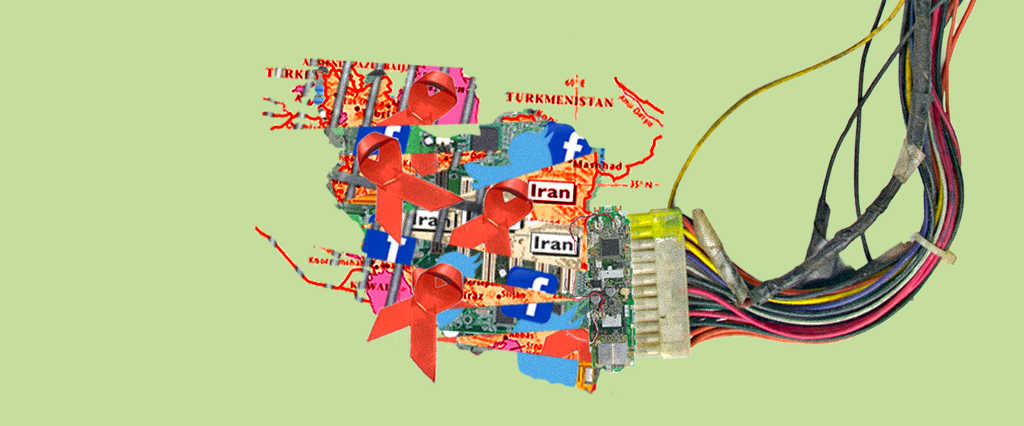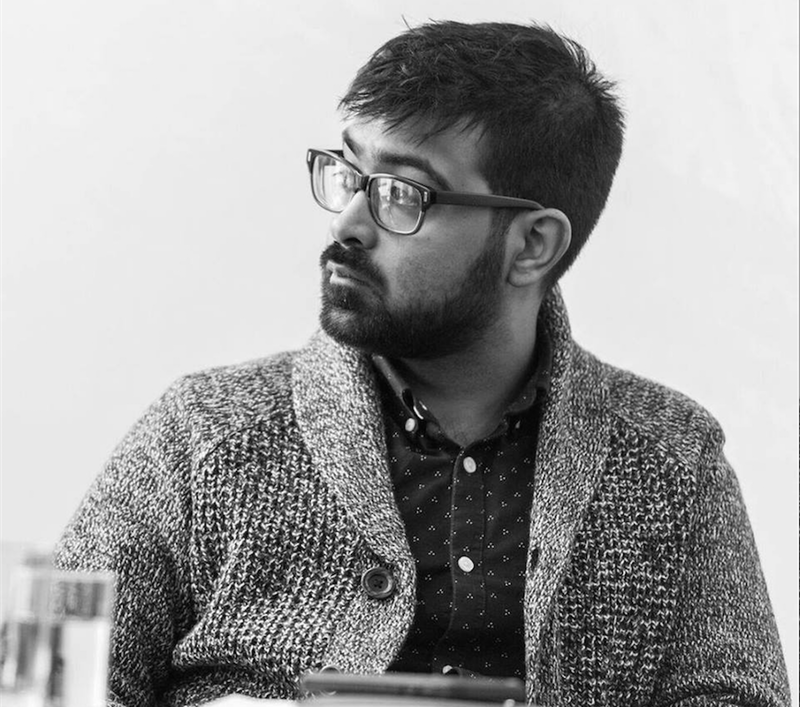Ahmad was 19 when he found out he’d been infected with HIV via sex with a man he was secretly dating casually. Like all the other people Ahmad knew with HIV in Tehran, the man didn’t tell him he was HIV-positive before they started sleeping together. “It’s a taboo to even talk openly about sex here,” Ahmad, a pseudonym, tells me over VK, a Russian social network that many Iranians use because of government crackdowns and bans on Facebook, Twitter and WhatsApp. “Even if you’re [LGBTQ], HIV is a dirty word. No one will admit they have it — or might have it.”
In all, more than 66,000 Iranians are HIV-positive, at least according to the latest official government statistics. (Some medical experts, however, believe this number has been grossly underestimated.) What’s more, at least 30,000 people, mostly young men, probably have no idea that they might be infected with the virus. That obviously worries the Iranian government, especially because Parvin Afsar Kazerouni, an official in Iran’s Health Ministry, has warned that more than half of those infected with HIV were between 21 and 30 years old — a demographic that represents nearly 30 percent of the country’s population.
When Hassan Rouhani was elected Iranian president in 2013, one of his priorities was to curb the exponential growth of HIV and other diseases. To that end, he introduced reforms that included state-provided retroviral medication and one-on-one counselling. Iran was even praised by the U.N. for being a “regional leader” in HIV treatment, as nearly 300 clinics across the country provided therapy for HIV, and according to the government, the number of people being treated for the illness increased tenfold.
But in the last couple of years, some of these clinics — mostly outside of Iran’s major cities — have shut down due to government cutbacks and international sanctions, according to Khadija Moalla, the U.N. Development Programme’s coordinator for HIV and AIDS in Arab states. Meanwhile, others have reduced the amount of care they provide. Writing in the Iranian Journal for Public Health in 2016, Seyed Radfar, a specialist in addiction medicine at UCLA, warned that Iran would fail to achieve its goal of getting AIDS into remission by 2030.
For Ahmad, now 21 and continuing to undergo treatment at a clinic in Central Tehran, the problem isn’t necessarily access to services and medicine. (He’s also seen government-funded advertising on television and radio encouraging Iranians to get medical check-ups and seek treatment if they suspect an infection.) Rather, he tells me, “The problem is the [social] stigma around HIV. Even if you come into a clinic and get treatment, it’s marked on your public record. You won’t know who sees that record, but many people are scared that it will bring embarrassment and shame on their families.”
That’s because, according to Ahmad, while the Iranian government wants to reduce the domestic AIDS epidemic, it’s less interested in addressing the issues that facilitated its growth. “Even in the big cities, people are reluctant to talk about sex, sexual health, drugs and violence. They see all of these things as [contradictory] to the ‘Islamic values’ of Iran. The government just hides it, and punishes people if they’re caught having sex before marriage — or if they suspect somebody of being a [sex worker].” As such, Ahmad says, there’s a “climate of fear” within the communities most affected by HIV. “Many people prefer to be sick, or to get medicine from the black market. Because they’re worried about their future if they’re seen as being involved in unlawful activity that’s considered to be Haraam [deviant].”
When Ahmad was younger, he turned to social media — ranging from Facebook groups, Tumblr communities and Western LGBTQ forums accessible in Iran through a Virtual Private Network — to find people like himself and learn about sexual health. “I was a member of so many groups,” he says. “It was the only space we could talk about LGBTQ issues openly. We could be our true [selves] there.” That said: “I had different log-ins and identities for each one so I wouldn’t get caught talking about homosexuality.” Being caught meant either he or his family, who are unaware of his sexuality, could have been arrested.
More recently, Ahmad was part of several Telegram channels focusing on LGBTQ issues. One group named “Blue Bird” — after the famous Dorna Parandeh Abi plane, as a way to appear to be a “boring plane enthusiast group” — served as a message board for meetups and events for LGBTQ people in Tehran. It also provided telephone numbers and locations for HIV clinics. Before it was shut down at the end of last year, it had more than 2,000 members. “The support networks were important. They were a way of saying to people that they weren’t alone, and that they could be healthy while living their life,” Ahmad says.
While some smaller support groups exist on VK — the social network Ahmad uses the most — the number of Iranians using the platform is still relatively small. Ahmad, in fact, is only aware of “around 50” LGBTQ Iranians who frequently post on VK, usually about LGBTQ rights generally, rather than the close support network that Telegram offered. As for the 1,900 or so other Blue Bird members, he’s unsure of their digital whereabouts. “They might be using other social networks, or VPNs,” he says. “It’s more likely they’re on their own and hiding their medical problems. There are probably some people who have diseases but don’t know that they do, so it’s back to the same problems as before.”
Though there’s no data on the impact of social media restrictions on the rates of HIV diagnosis and prevention, some Iranian doctors believe that its absence has had an impact on awareness. “Most young people use the internet rather than listen to the radio or watch TV, but if they’re not able to learn about diseases on the internet, then it’s unlikely they’ll come to seek treatment,” says Sedigheh Mirhashemi, a research scientist at the Baqiyatallah University of Medical Sciences in Tehran.
In a paper Mirhashemi co-authored last year, she also recommended that Iran’s educational program around HIV be extended beyond just the LGBTQ community, especially to parts of the country with a significant number of female sex workers. “We need a better system to deal with HIV because in many cases, such as with female sex workers, it’s not that they don’t have the information or awareness,” she says. “Rather, it’s because they’re unable to act on their knowledge — sometimes because of financial constraints, sometimes because of other issues like drug addiction — they’re less likely to be able to visit a clinic without feeling they’ll get into trouble, either from [authorities] or people who are more violent.”
“My biggest fear,” Ahmad says, “is that the government will abandon its goal to prevent HIV. Instead of helping, it’ll say that we’re against Islam, or that we are apostates and they don’t owe us anything.” It’s a fear that Ahmad says is already being realized, as LGBTQ groups move underground, and “more medicine from the black market is being imported from Russia and Qatar. Many people use these drugs, and they aren’t sure what they’re for. Others are taking them just to get high.”
More importantly, it seems, very few of them are getting better.

